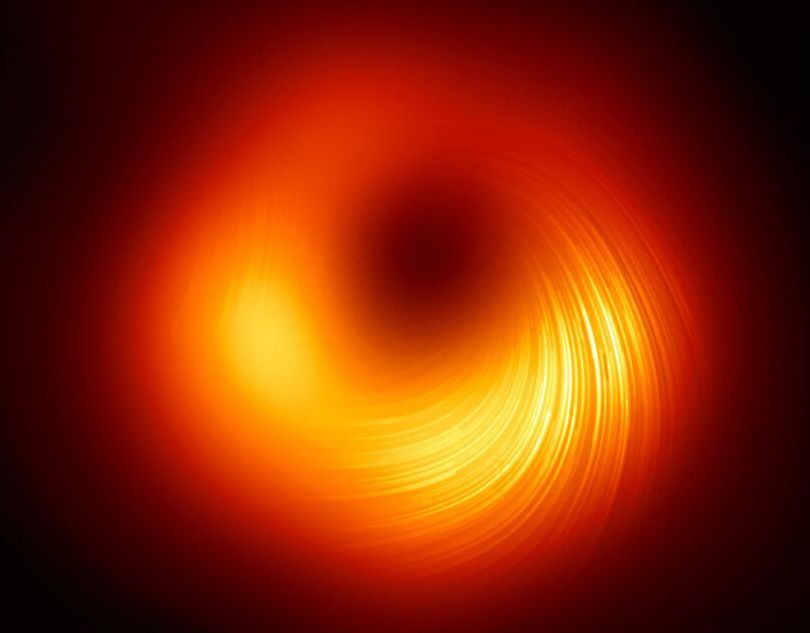Mar 29, 2021
CERN claims first experimental creation of quark–gluon plasma
Posted by Quinn Sena in categories: cosmology, particle physics
Circa 2000 o.o 100000 times hotter than the sun quark gluon plasma is.quite interesting.
The European Laboratory for Particle Physics (CERN) plans to announce today (10 February) that it has “compelling evidence” that its scientists have created the quark–gluon state of matter predicted to have existed shortly after the Big Bang.
If confirmed, this would be the first time that conditions within the first three minutes after the Big Bang — the point at which the protons and neutrons that make up atomic nuclei came into being — have been observed under experimental conditions.
Continue reading “CERN claims first experimental creation of quark–gluon plasma” »

















